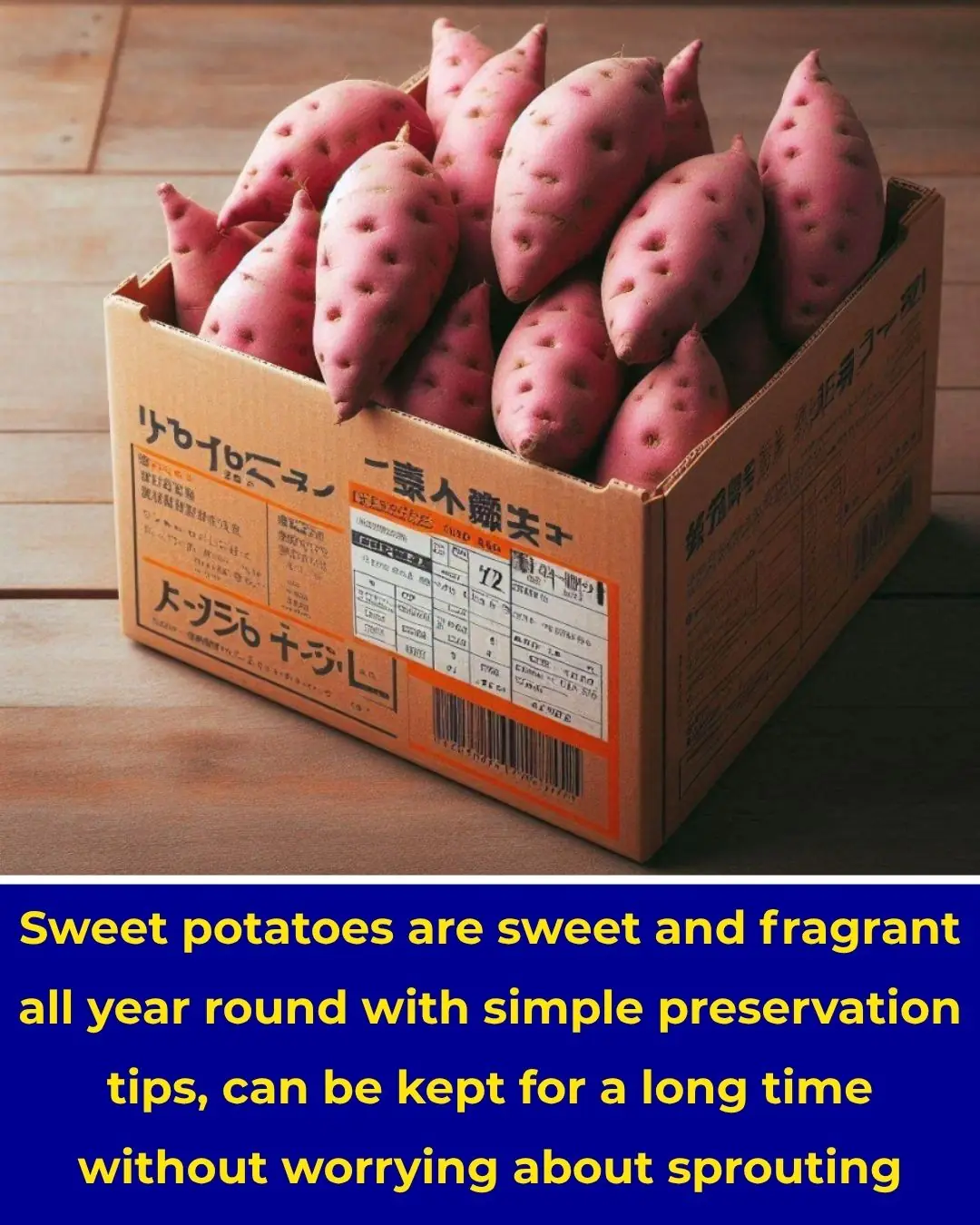
Stainless steel pots that are yellow or blackened should be soaked in this water and they will shine like new
After a period of use, stainless steel pots can become yellowed or even burnt black. To clean these stains, you can apply the simple tips below.
Cleaning stainless steel pots with dish soap
After some time, stainless steel pots and pans may turn yellow or get burnt marks. Even other stainless steel utensils in the kitchen—such as spoons, ladles, and steaming racks—can also become discolored if left unused for too long. Using dish soap alone sometimes isn’t enough to thoroughly clean these stains. To remove them effectively, you’ll need two additional ingredients.
Combine dish soap with baking soda and white vinegar.
First, prepare a pot or pan large enough to hold the homemade cleaning solution as well as the stainless steel items you want to clean. Add 4–5 tablespoons of baking soda, half a bottle of vinegar, dish soap, and enough water to completely submerge the items.
Next, place the stainless steel utensils into the pot and bring the mixture to a boil.
Boiling the solution helps loosen and lift stubborn stains without requiring much scrubbing. After it boils, turn off the stove and continue soaking the items in the hot mixture. Once the water cools slightly, take the items out and scrub them with a dish sponge. This method will make your pots, pans, and other stainless steel tools shiny and clean again.
For tough stains, mix baking soda, vinegar, and a little water, add it to the pot, boil for about 5 minutes, then scrub again. Stubborn stains will come off more easily.
Using dishwasher tablets/powder
Soak the pot in 1–2 liters of boiling water and add a dishwasher tablet or dishwasher powder (the kind used in dishwashers). For lightly stained pots, soak for 1–2 hours. For long-standing stains, soak overnight.
Dishwasher tablets contain oxygen-based cleaning agents that help remove burnt residue and grease quickly.
You can use dishwasher tablets or powder from any brand—just soak the pot in the solution and it will come clean.
See also:
Large-navel vs small-navel oranges: what’s the difference?
When buying oranges, look carefully so you don’t end up with sour, dry ones.
Orange season is here, and supermarkets are piled high with them. Choosing good oranges isn’t just luck—especially since prices aren’t cheap. My neighbor, who owns a fruit shop, often shares tips with me, and combined with my own experience, these are the most reliable ways to pick sweet, juicy oranges.
1. Look at the color
A bright, deep orange color means the fruit absorbed more sunlight and developed more natural sweetness. Pale oranges may be underripe or stored too long.
2. Look at the shape
Choose oranges that are round and plump—they tend to be juicier and sweeter.
3. Look at the navel
Many people think that large-navels are sweeter, but this isn’t true. Large-navels often have thick white membrane inside and less flesh. Small-navel oranges are usually sweeter and juicier.
4. Feel with your hands
Weight: Heavier oranges usually contain more juice.
Firmness: Fresh oranges feel firm and springy. Very hard oranges usually have thick peels and less pulp.
The surprising uses of orange peels
Orange peels have a fresh scent and are rich in nutrients, making them very useful in daily life.
-
Remove fridge odors: Place dried orange peels in the refrigerator to absorb smells and leave a citrus fragrance.
-
Remove meat odor and oiliness: Dried orange peels added to stews help reduce greasiness and enhance flavor.
News in the same category

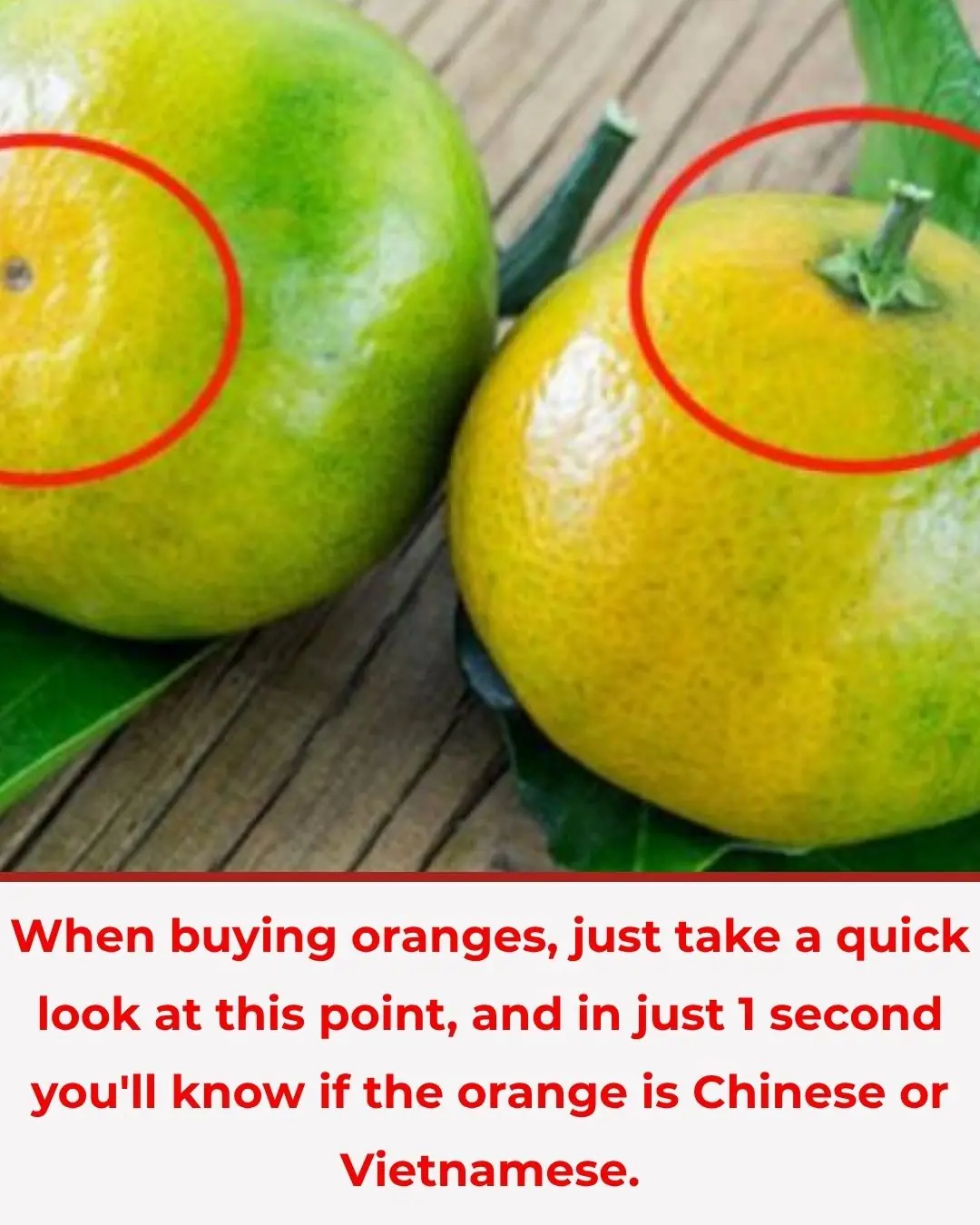
When buying oranges, just take a quick look at this point, and in just 1 second you'll know if the orange is Chinese or Vietnamese.

Effective tips to deodorize the toilet, many people do not know
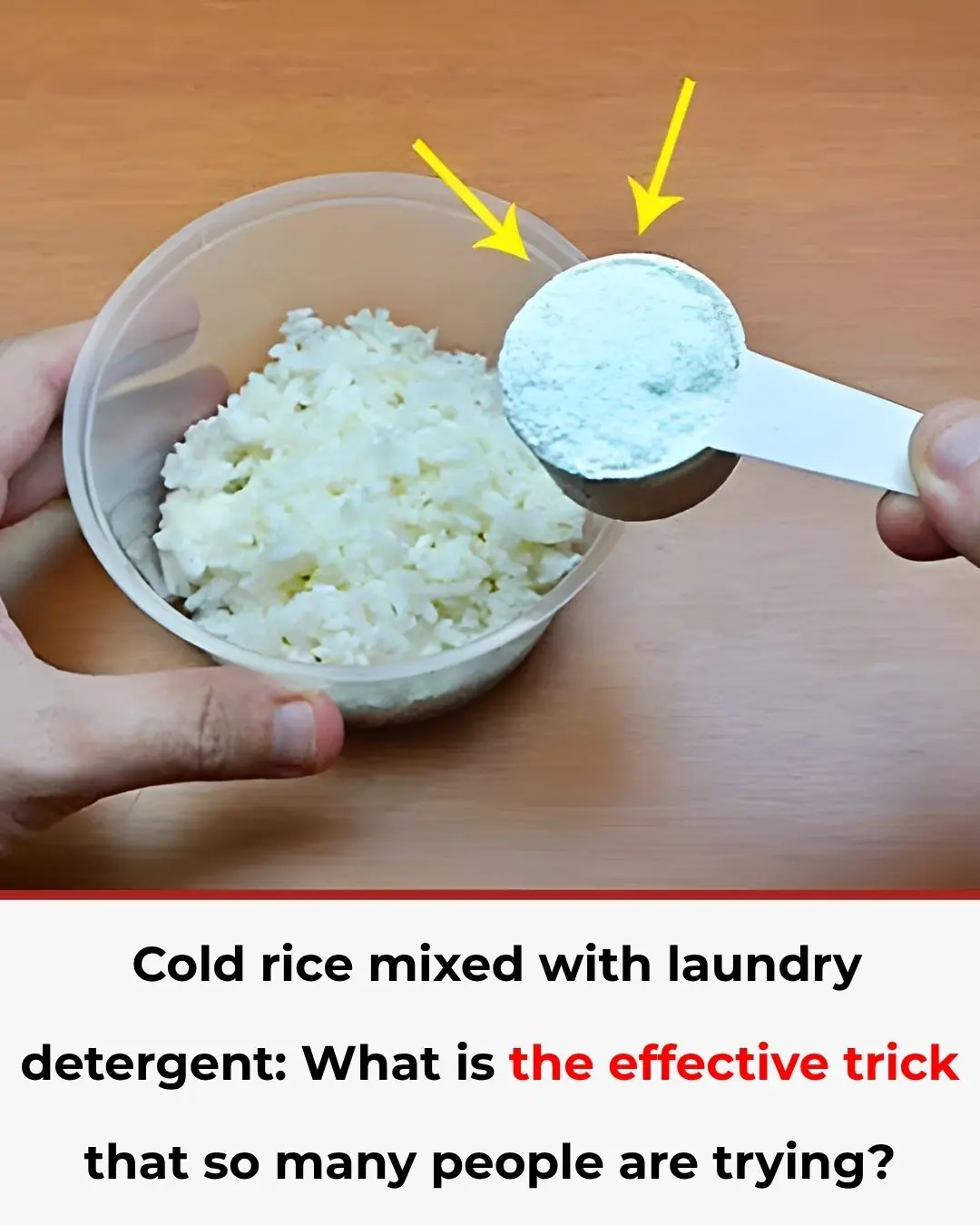
Cold rice mixed with laundry detergent: What is the effective trick that so many people are trying?

3 Deadly Mistakes People Make with Water Heaters – Don’t Risk Your Life

Just Minced Meat, But Made This Way, It Becomes Irresistibly Delicious

Top 10 Occupations with the Highest Risk of Cancer
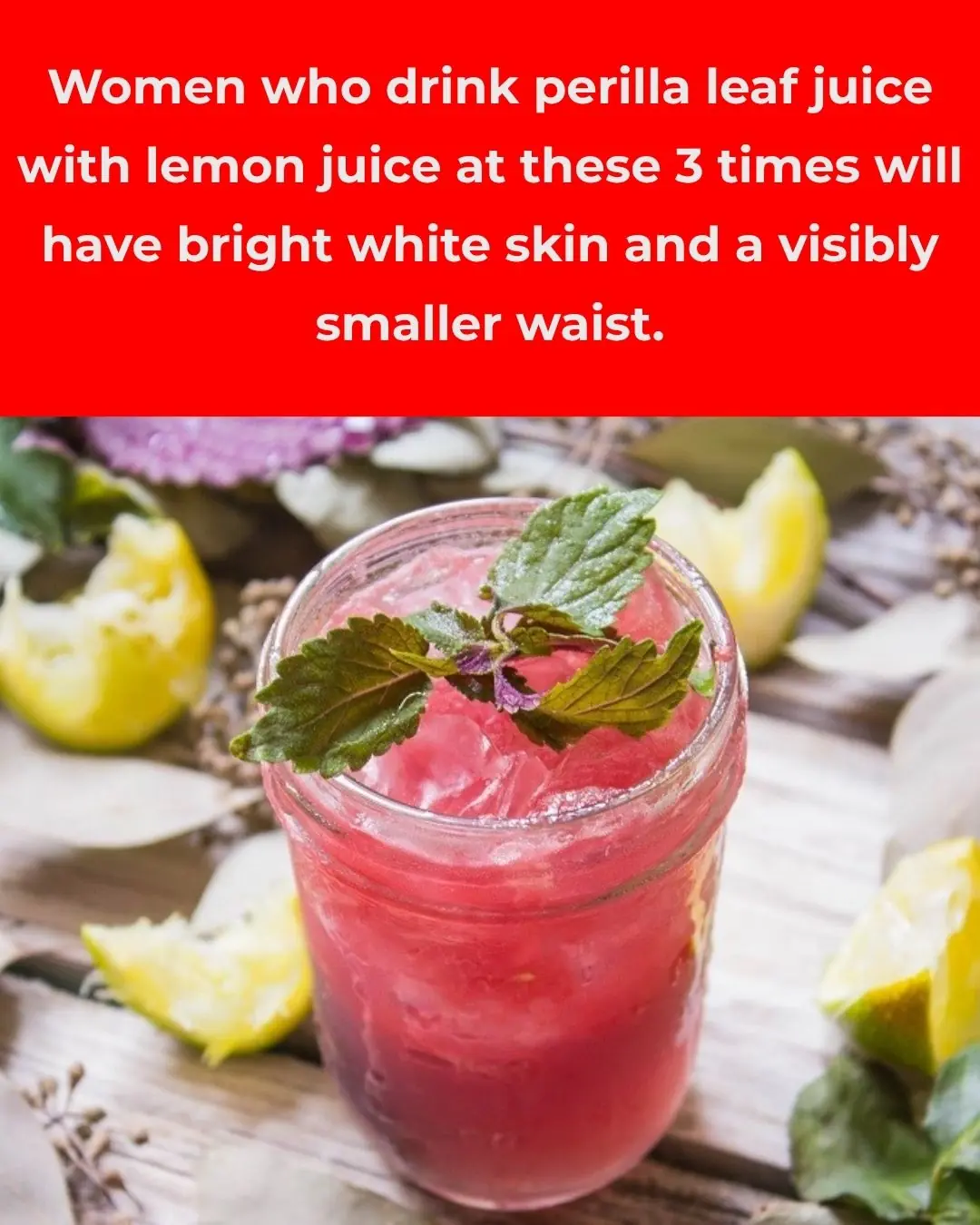
Women Who Drink Perilla Leaf Water with Lemon at These 3 Times: Brighter Skin and a Slim Waist

Why Is the Left Burner of a Gas Stove Not Ideal for Cooking?

Is It Dangerous to Stay Inside a Car During a Lightning Storm?

Tips to Distinguish Naturally Ripened Bananas from Chemically Ripened Ones

My Nana’s 2-Minute Trick to Get Rid of Puffy Eyes (No Work Needed!)
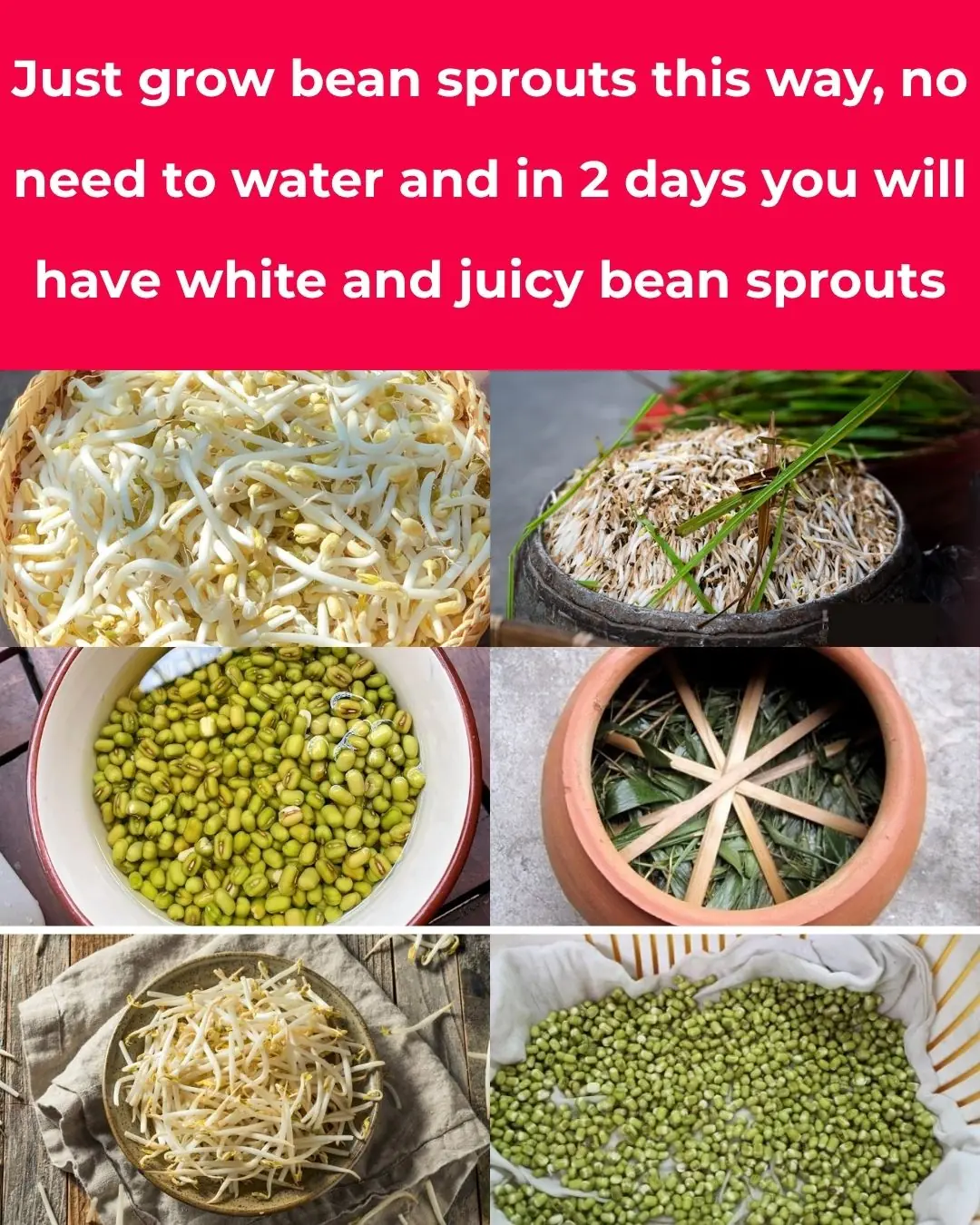
JUST MAKE THE RACK THIS WAY

Doctors reveal that eating guava causes...

The shower head is easily clogged after long use. This way, the dirt will drain away by itself and replace it with a new one

Boiling shrimp with a handful of these leaves makes the shrimp bright red, sweet meat, everyone praises it.

New Towels Feeling Sticky and Smelly? Soak Them in This to Make Them Clean

🧼 Here’s My Easy Way to Clean Oven Racks: Just One Bag & a Natural Soak

🍌 5 High-Fiber Foods That Naturally Support Digestion & Relieve Constipation
News Post

Tom Fletcher and son Buzz’s Children in Need duet airs for first time and leaves fans in tears

Atomic Kitten star Liz McClarnon shares first pictures of miracle baby: ‘We’ve waited a long time for this’

It Turns Out Rice Weevils Fear This the Most — Put a Little in Your Rice Bag and You Won’t Worry About Pests for a Whole Year

No way, I was so out of the loop here
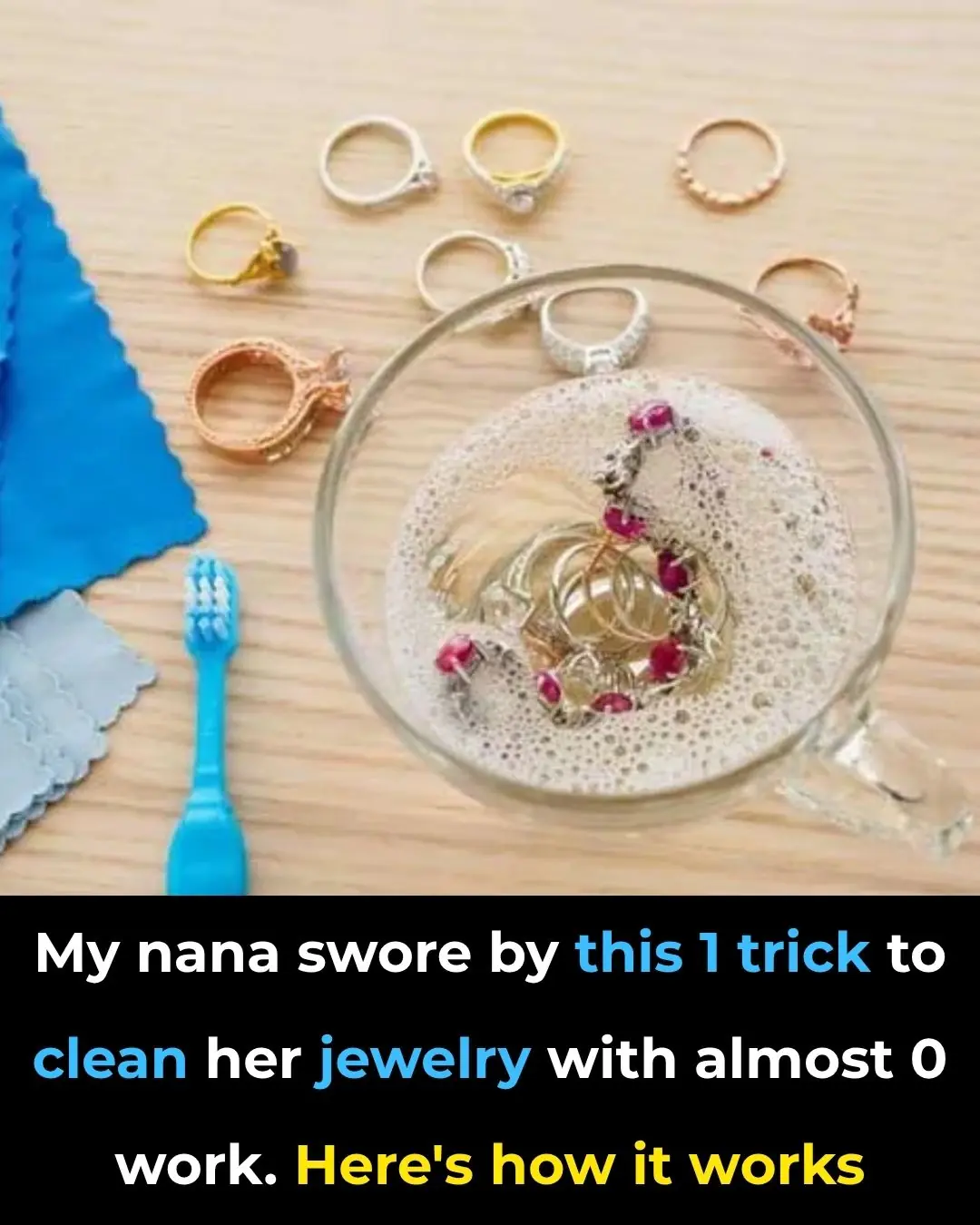
Tried this the other day and it did wonders!

10 Odd Home Fixes You’ll Wish You Learned Years Ago

I Never Knew This!

Mary Berry issues sad update on ‘terribly frail’ husband after horror accident at home

Top 3 Foods to Prevent Leg Cramps in Seniors: Strengthen Your Legs Naturally!

Drink This Twice a Day to Help Remove Uric Acid Before It Crystallizes and Causes Joint Pain

How to Use ¼ Teaspoon of Nutmeg to Fall Asleep and Soothe Insomnia Symptoms Overnight

10 Signs you are Eating Too Much Sugar

Three-Food Combo to Strengthen Your Heart

Mississippi Man Creates Museum Dedicated to He & His Late Wife’s Six-Decade Love Story

Who Will Not Be Eligible As Trump Promises To Give $2,000 To Almost Everyone In America

The Hidden Health Benefits of Bananas for Women

‘I Know That Unequivocally Is Not True’: Stephen A. Told Cari Champion I Made You Why Would I Play You, But Jemele Hill Says It Wasn’t Like That

‘This Is Nick’s Fault’: Nick Cannon Accused of Creating Broken Homes After His and Mariah’s Daughter Shares Raw Post About Her 10 Siblings

‘Beans and Weenies in My Mansion?’: Tiny Harris Reaches Her Limit After T.I. Exposes Son King’s ‘Struggle’ Habits at Family Party
